The Ukrainian soldiers deployed across the border from where 100,000 Russian troops are amassed, is not their first rodeo, and in fact one would think that tensions in the Ukrainian ranks would be high, but instead there is an air of confidence and resolve in the air, as they stare down an invasion force. Even as the rhetoric out of Washington ramps up, a sense of calm prevails in the Eastern European nation among soldiers and citizens alike, all the way up to President Volodymyr Zelenskyy who campaigned on a promise of ending the drawn-out conflict. As reported by the AP:
U.S. officials say the threat of a Russian invasion in Ukraine is more serious than others that have come and gone during nearly a decade of trench warfare
ADIIVKA, Ukraine (AP) — In the trenches of eastern Ukraine, across the lines from some of the 100,000 Russian troops amassed north and east of the country, Ivan Skuratovskyi’s calm verges on numbness — even after a sniper’s bullet recently killed one of the 50 or so men under his command.
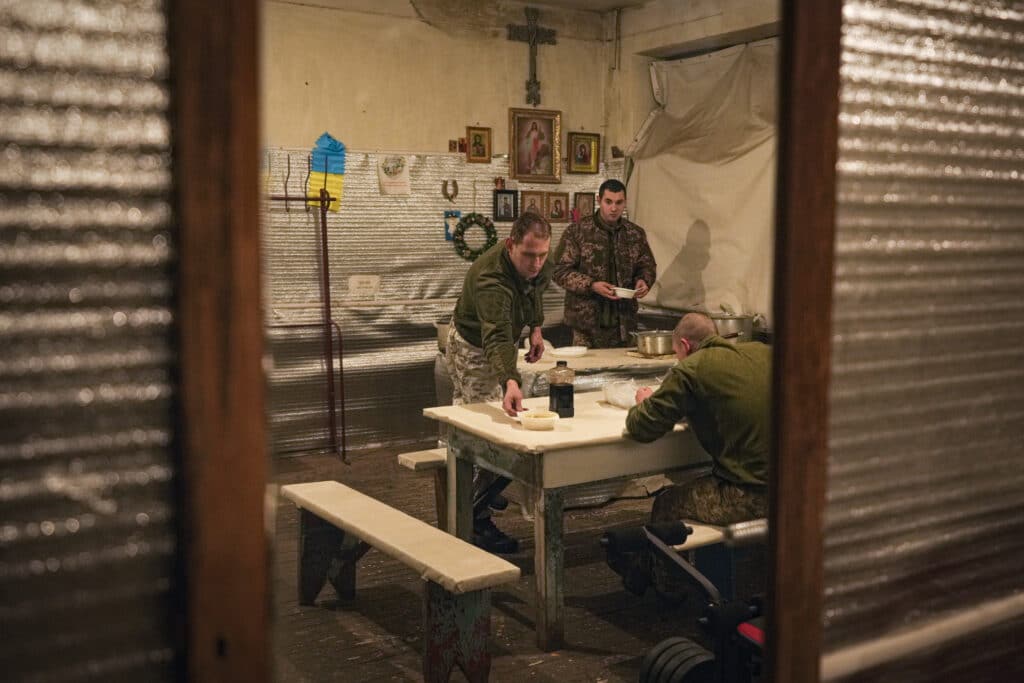
It is the sort of thing that has happened from time to time over the eight years he’s been deployed up and down the 250-mile (400-kilometer) front line — a soldier in a war he never imagined when he enlisted in 2013. He grieves, but death and conflict have become an inescapable part of his life.
“The war has put pressure on me and broken my soul,” said Skuratovskyi, 30. “I’m becoming more cold-hearted, some would say dead-hearted. I have a tough sense of humor. It’s a protective reaction to extreme situations.”
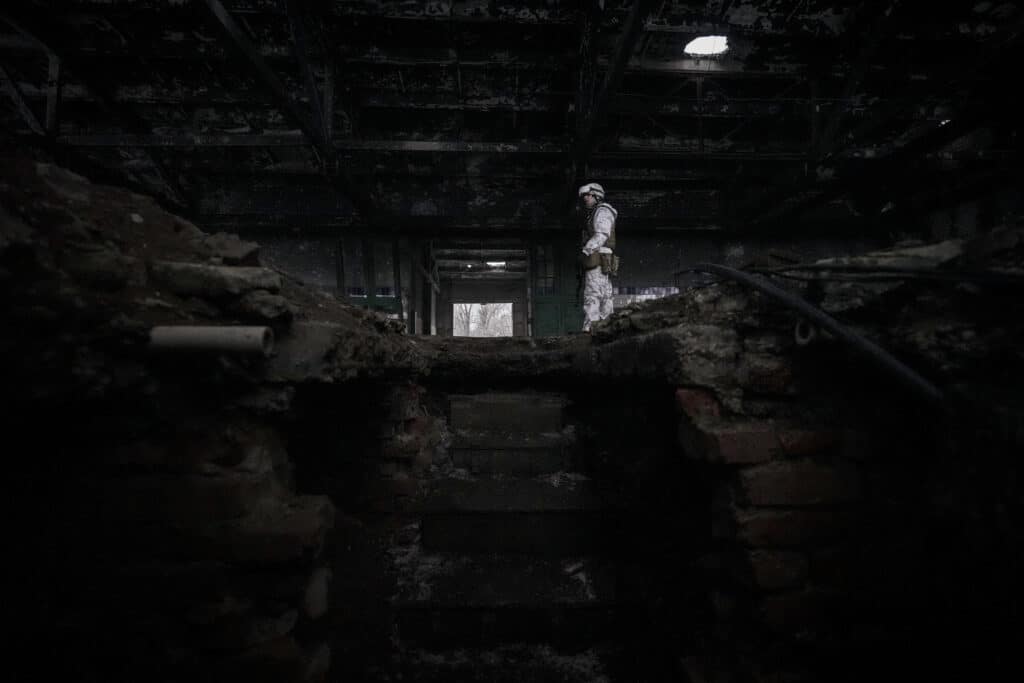
U.S. officials say the threat of a Russian invasion in Ukraine is more serious than others that have come and gone during nearly a decade of trench warfare. The White House national security advisor warned that an all-out invasion could happen any day, and President Joe Biden said “it would be wise” for Americans other than essential diplomats to leave Ukraine and ordered the deployment of 1,700 troops to neighboring Poland.
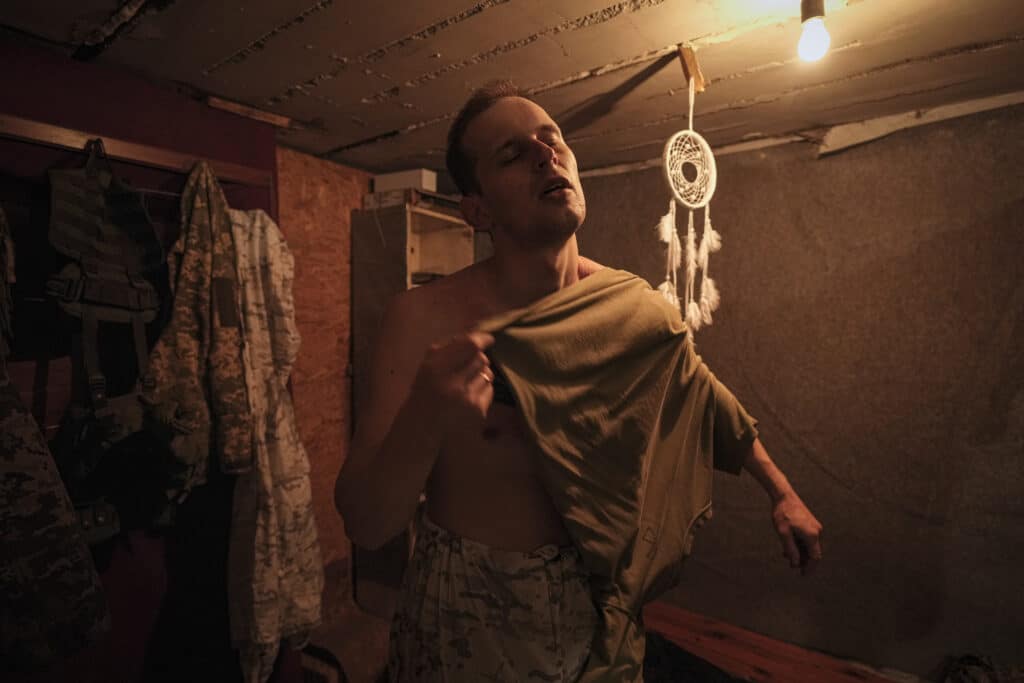
But even as the rhetoric out of Washington ramps up, a sense of calm prevails in the Eastern European nation among soldiers and citizens alike, from relatives of those in the trenches on up to President Volodymyr Zelenskyy, who campaigned on a promise of ending the drawn-out conflict and has repeatedly called for diplomacy to carry the day.
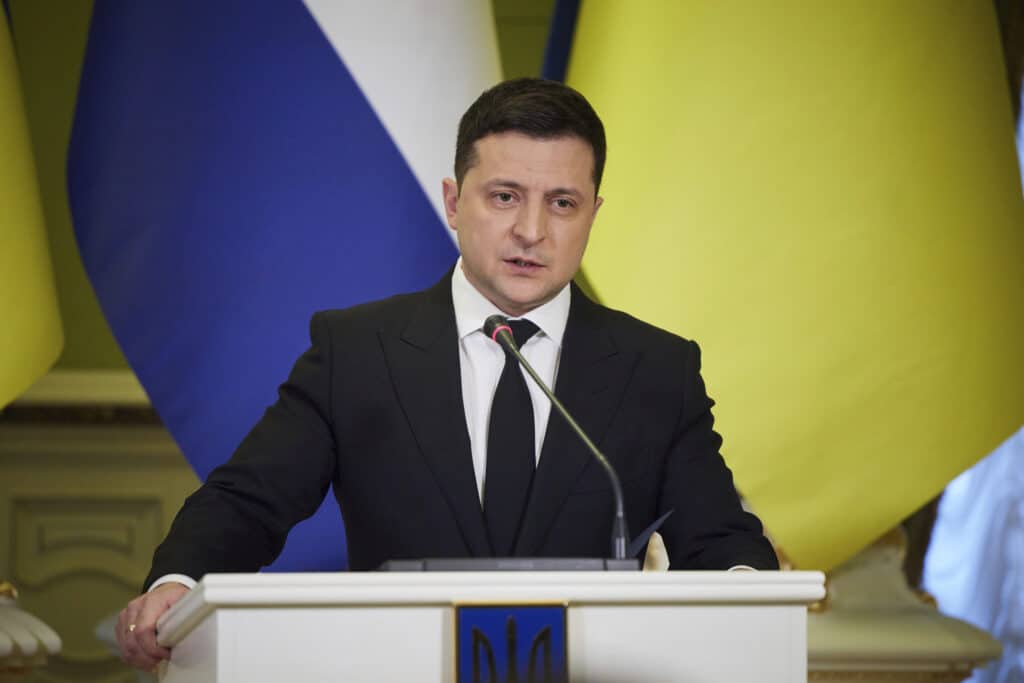
“We are defending our country and are on our own territory. Our patience can have an impact on provocations, when we don’t respond to provocations but behave with great dignity,” Zelenskyy said Tuesday in an appearance with French President Emmanuel Macron.
While waves of Ukrainians fled their homes during 2014 fighting that saw Russia annex the Crimean Peninsula and back separatists in the eastern province of Donbas, so far people are staying put in the areas closest to the Russian troop movements.
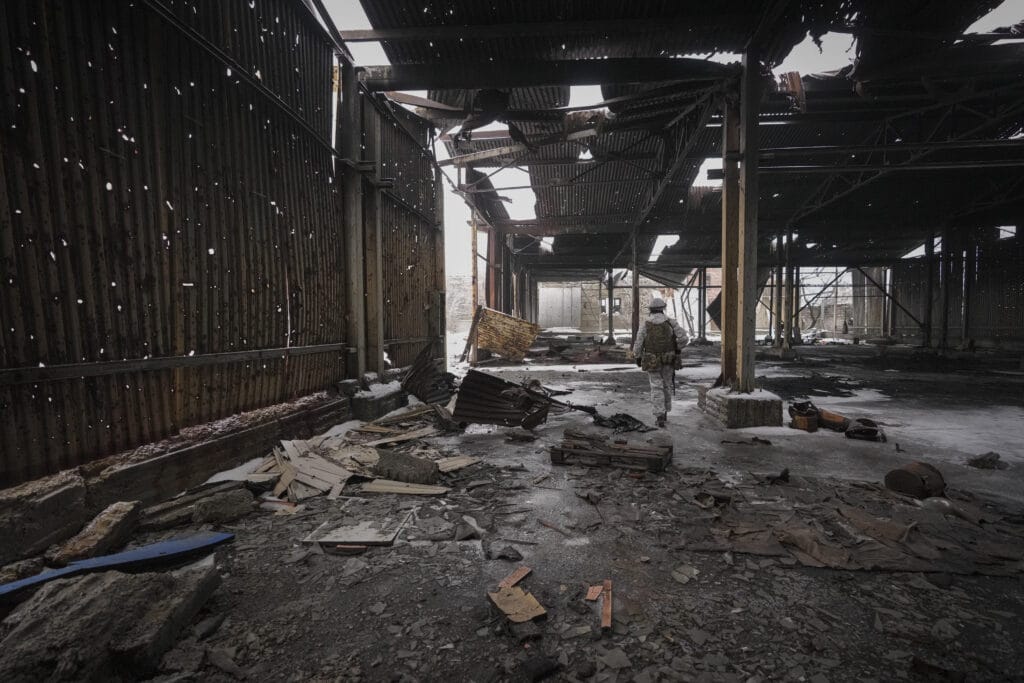
The calm expressed by Zelenskyy and others owes in part, perhaps, to the fact that they have little control over the situation before them.
Ukraine is vastly overmatched by Russia not only in troop numbers but in arms and equipment, such as the fighter jets poised nearby and the naval ships maneuvering off the coast. Nothing NATO countries have provided to Ukraine — from anti-tank weapons sent by Britain to the 5,000 helmets that came from Germany — comes close to evening the scales.
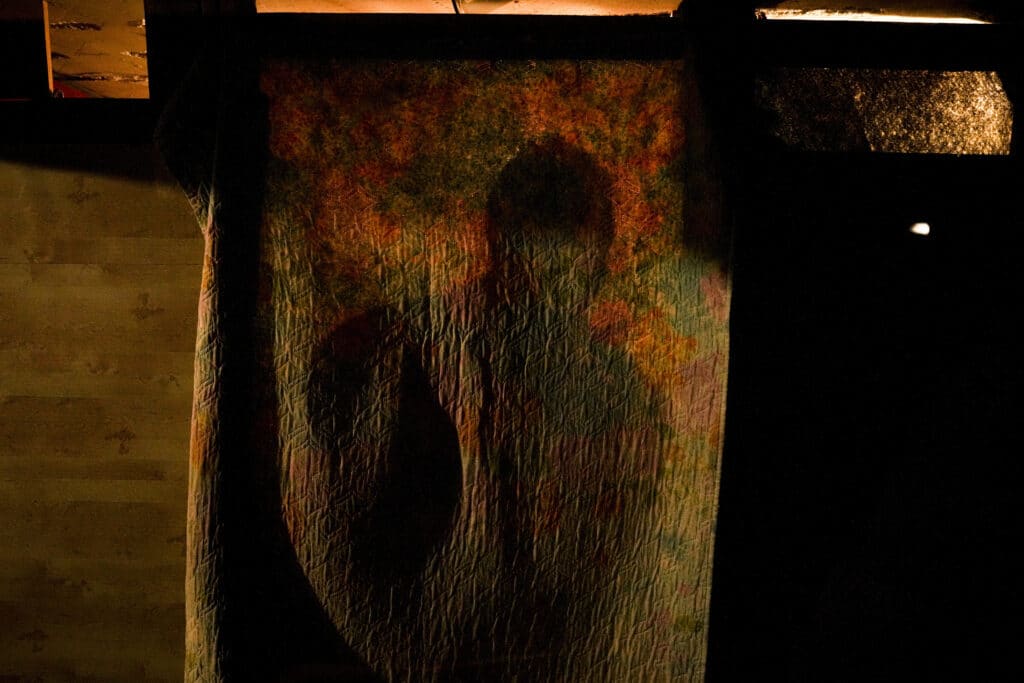
American officials have said explicitly that no U.S. troops will fight in Ukraine.
Macron, for his part, spoke Tuesday not of a looming possible invasion but of a tense standoff that could go on for “weeks and months to come.”
U.S. officials believe the danger is much more immediate — and haven’t been shy about sounding the alarm.
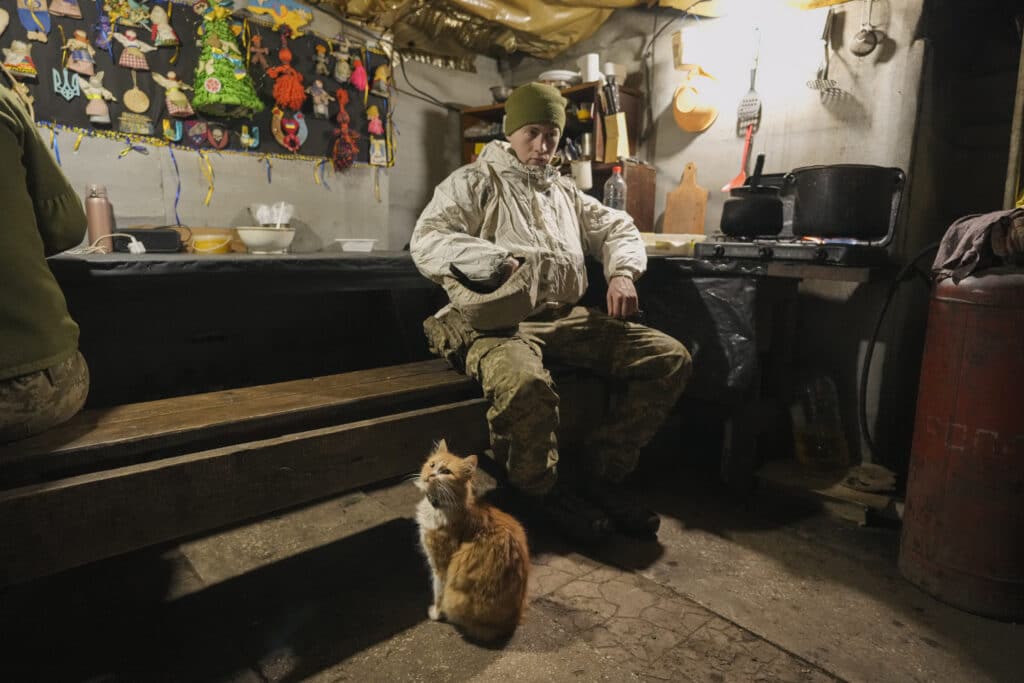
“Our effort is to ensure we’re informing the American public and the global community of the seriousness of this threat,” White House spokeswoman Jen Psaki said last week when asked about the difference in tone between Washington and Kyiv. “I can’t speak to the motivation or the reasoning for the comments of Ukrainian leadership.”
The two governments share the same motivation, averting an invasion, but may see themselves as speaking to different audiences.
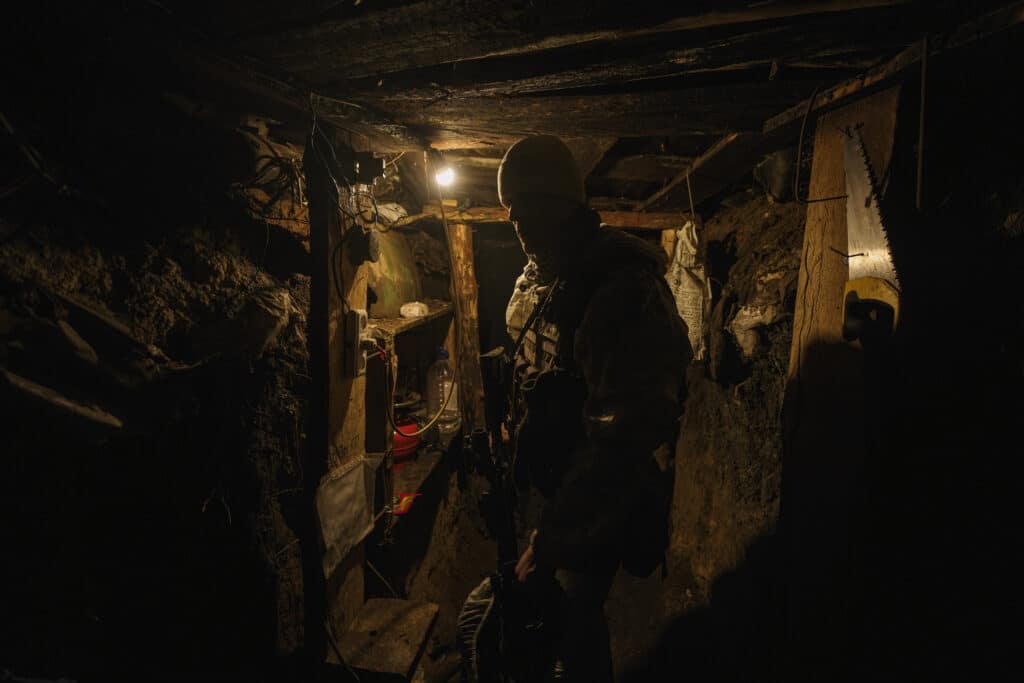
The White House believes that spotlighting concerns about possible military action will dissuade the Kremlin from following through on it, according to a senior administration official who spoke on condition of anonymity to discuss internal deliberations.
Biden and his advisers have calculated that publicly airing those concerns, as well as intelligence details, helps make the case to European allies for sanctions in the event that Russian President Vladimir Putin orders a further invasion of Ukraine, the official said.
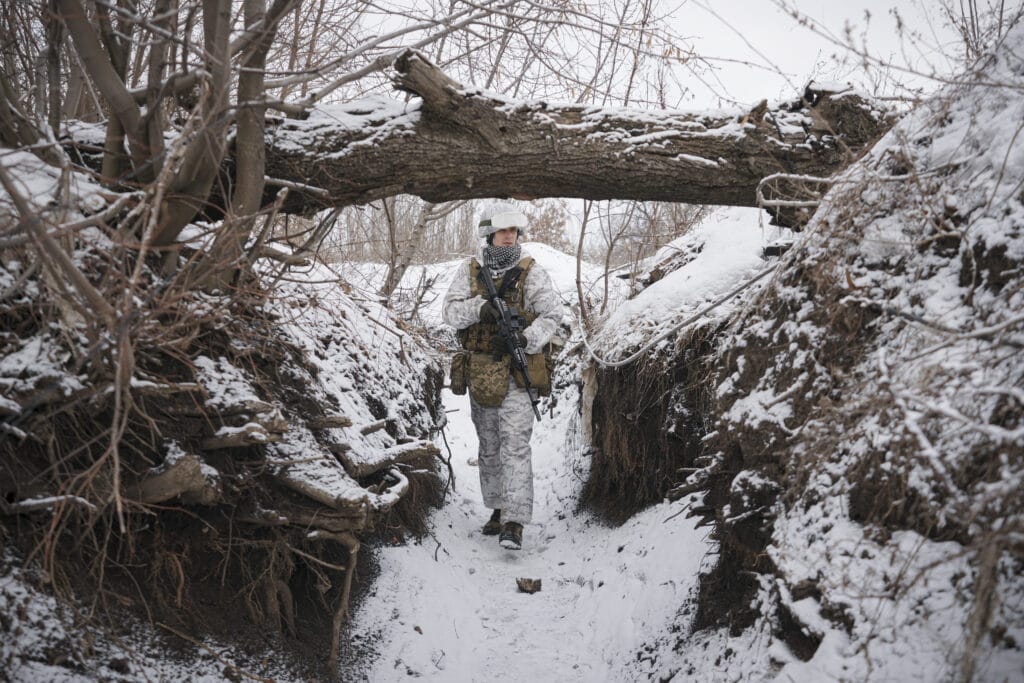
Zelenskyy, meanwhile, is balancing military concerns against fears that alarming rhetoric could wreck Ukraine’s economy with hardly a shot fired.
The dueling messaging stems from differing assessments by the two countries as to Russia’s intentions, said Daniel Fried, who advised the George W. Bush administration on former Soviet nations and served as ambassador to Poland.
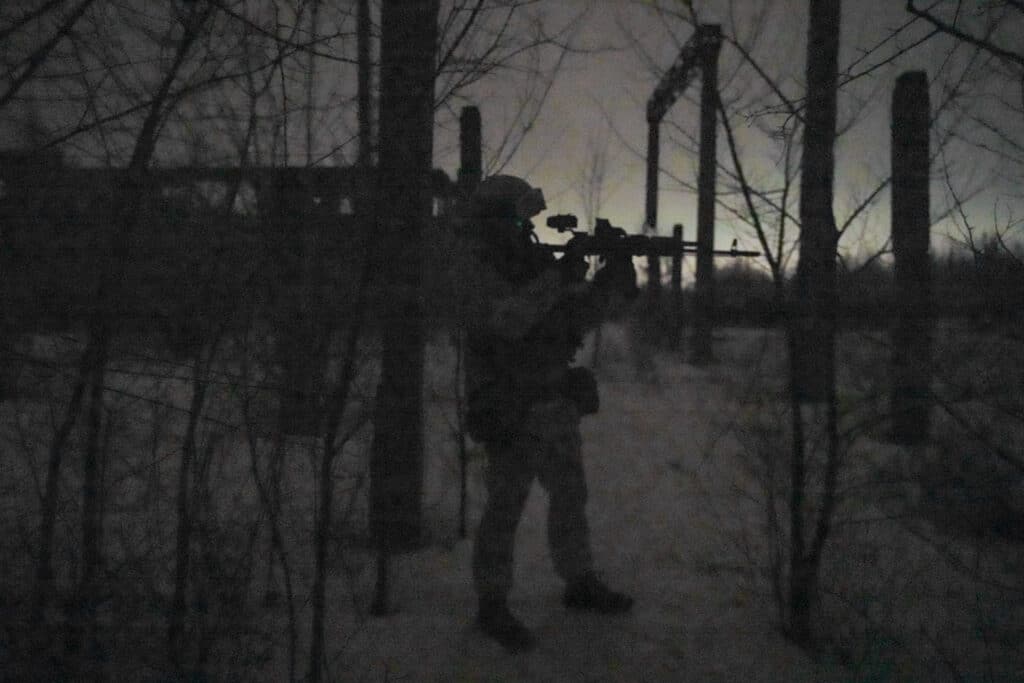
“Zelenskyy looks to be thinking about a longer term,” he said. “He seems to be worried about the effect of a prolonged crisis on the Ukrainian economy. And he may feel that Putin is less likely to invade than he is to try to use the threat of invasion to grind down the Ukrainian economy” and scare away foreign investors.
“So, he wants to portray a sense of, ‘We can get through this,'” Fried said.
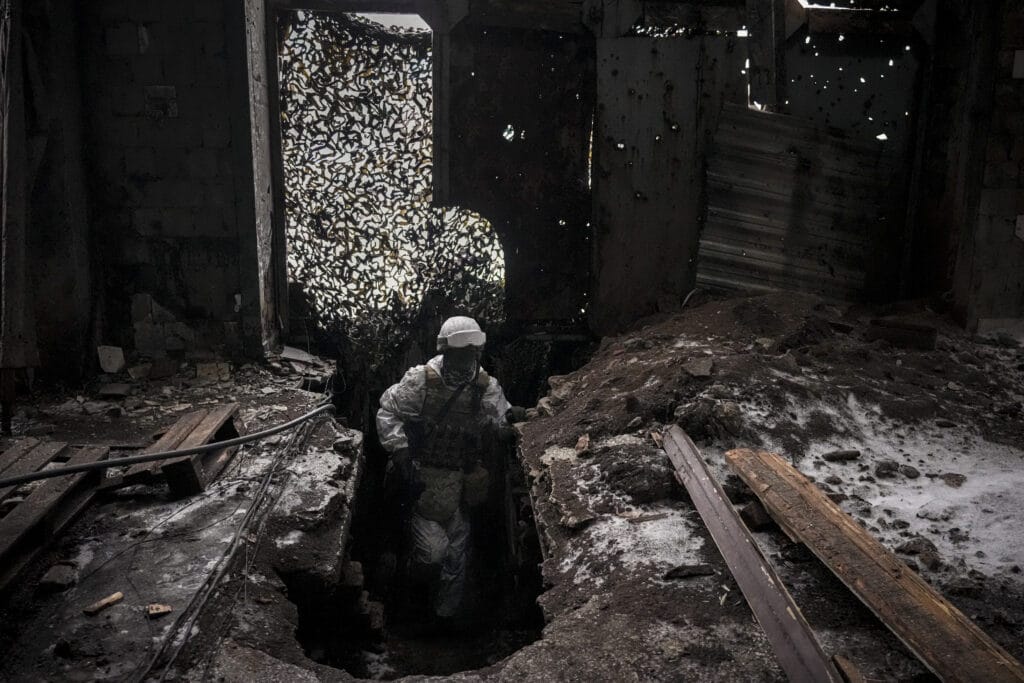
Zelenskyy’s administration is also keenly aware that Ukrainian public opinion is divided on how to handle the situation, especially when it comes to concessions toward pro-Russia separatists in the east.
Memories are still raw: Yuri Maskirenko, one of those forced to leave Crimea after the occupation, said he thinks Ukraine shouldn’t negotiate with Russia over the status of Donbas or else “people will come out into the streets and this will not lead to anything good.”
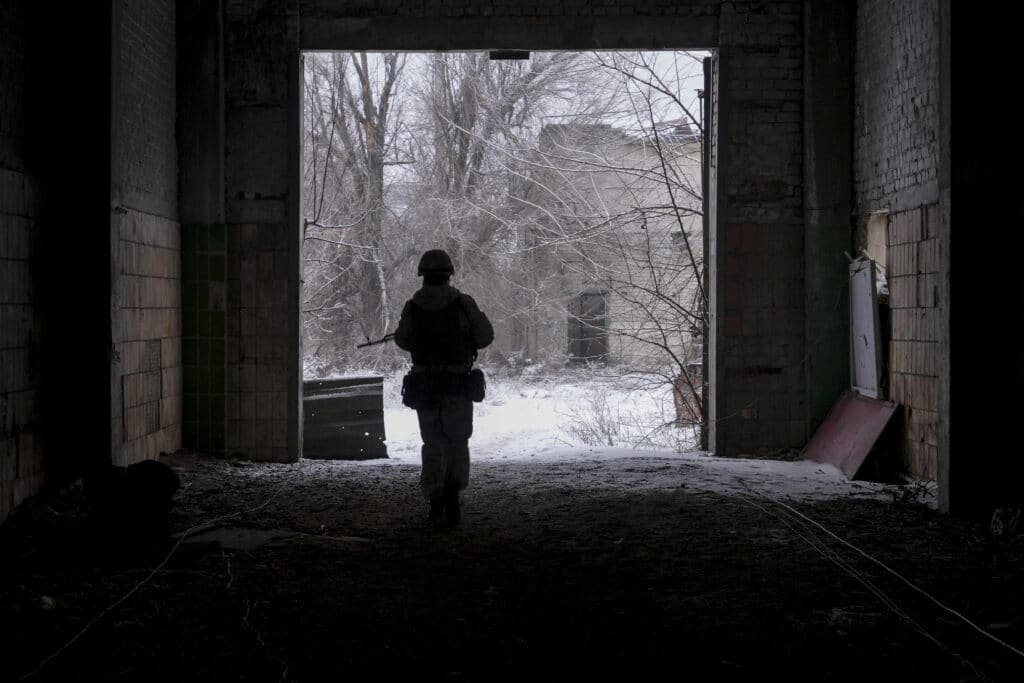
From his front-line vantage point, Skuratovskyi, who recently reupped with the army for another two years, agrees with a diplomacy-focused approach and said he sees no armed solution to the standoff.
” Weapons won’t solve any problem here,” Skuratovskyi said.
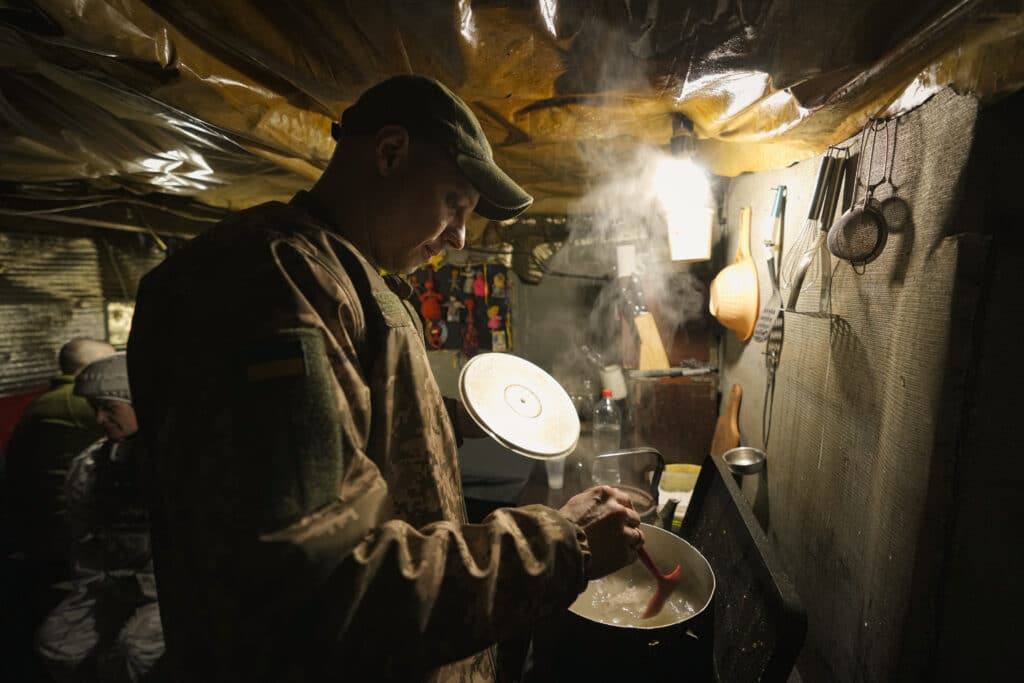
He talks regularly by video call from his current post in the town of Adiivka, Donbas province, with his wife, Maryna, on the other side of the country in the seaside city of Mykolaiv, near Moldova. Maryna said her worst moment came in 2014 when an explosion went off while he was on the line with her. Sometimes she has thought he might not make it home alive.
But while she and friends in Mykolaiv talk about the possibility of war, none of them are panicked. She yearns for the conflict to end and to finally be able to make a home with her husband, who has been deployed for nearly his entire adult life.
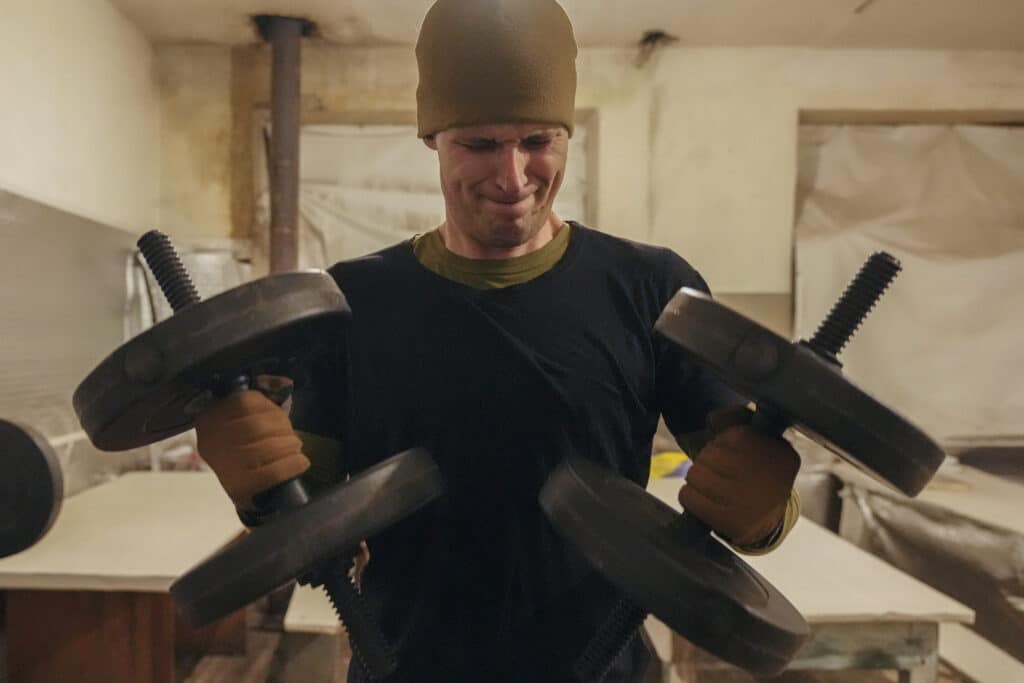
“Vanya would tell me if something was going to happen,” she said, using an affectionate nickname for her husband. “Since he doesn’t, I’m calm about the situation.”
By INNA VARENYTSIA, LORI HINNANT and ELLEN KNICKMEYER
Lori Hinnant reported from Paris and Ellen Knickmeyer from Washington. Zeke Miller and Aamer Madhani contributed to this report from Washington.






